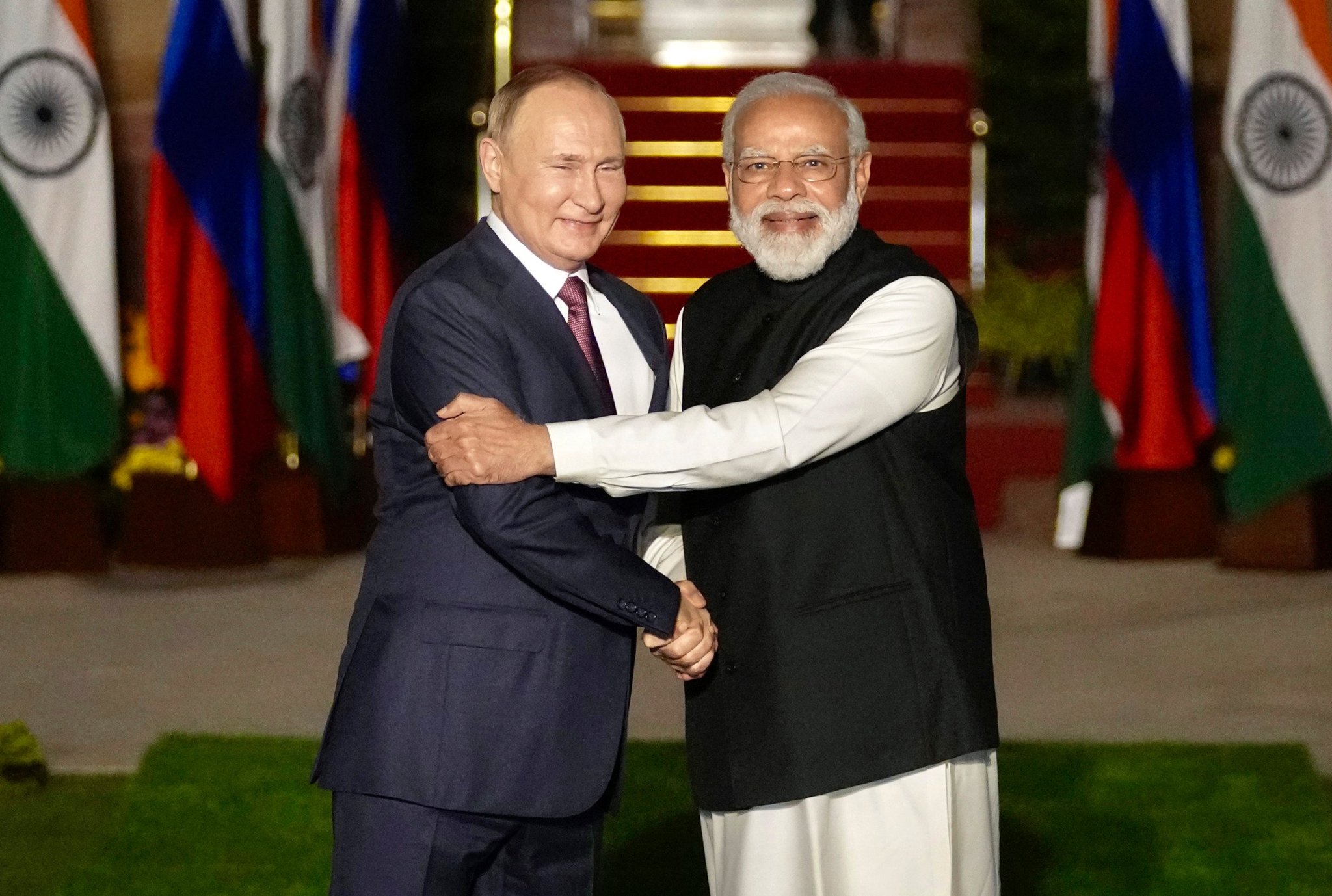How Trump’s Executive Order Targets Russia via India; Kremlin Has Already Seen Escalation of U.S. Economic Warfare
U.S. President Donald Trump has issued an executive order doubling down on tariffs against India, not due to Indian trade practices directly, but as a proxy strike against Russia’s oil exports. The move has been met with silence from New Delhi but is already causing diplomatic alarm in Moscow.
 |
| Image Source: MEA/FM on X |
Indirect Sanctions on Russia via India
Although the order targets India on paper, its substance revolves almost entirely around punishing Russian oil flows.
The Trump administration’s rationale is that countries purchasing Russian crude are “fueling the Russian war machine,” and that new tariffs on their exports to the U.S. are necessary to protect American national security and foreign policy.
Moscow sees this as a veiled but clear economic offensive. While Washington has repeatedly expanded sanctions on Russian banks, companies, and individuals, this represents a novel approach: leveraging third-party trade partners to inflict indirect damage.
Kremlin’s Strategic Concerns
Though no immediate public statement has come from the Kremlin, the executive order will likely be read as confirmation of several long-held fears:
-
That the U.S. is seeking to isolate Russia not only through direct sanctions but by pressuring nations like India and China into cutting energy ties;
-
That the U.S. sees BRICS nations, particularly Russia, India, and Brazil, as geopolitical adversaries;
-
And that the so-called “rules-based order” now includes unilateral trade policies, rather than multilateral consensus.
Russian officials have long accused Washington of weaponizing trade and energy flows. In this context, Trump's executive order may reinforce Moscow’s position that global energy architecture must diversify away from dollar-denominated mechanisms.
India in the Crosshairs of U.S.-Russia Rivalry
India, currently the second-largest buyer of Russian crude after China, has insisted that its purchases are driven by economic necessity and not ideology.
Just days before the executive order, India’s Ministry of External Affairs defended its Russian oil imports, saying they are crucial to stabilizing global energy markets and that the West itself continues to trade with Moscow in various forms.
With India now under direct economic fire for engaging with Russia, Moscow may deepen its defense and energy cooperation with New Delhi as a show of solidarity, especially after Indian National Security Adviser Ajit Doval’s visit to Moscow just hours before Trump’s order was signed.
Broader Strategic Implications for BRICS
The move may also backfire by reinforcing anti-Western cohesion within BRICS. At a time when the group is already exploring alternatives to Western-led financial institutions, Trump’s sweeping and unilateral economic actions may accelerate coordination between its members.
With Brazil refusing to engage with Trump over fresh tariffs and judicial sanctions, and Russia taking formal steps to exit U.S.-led arms control treaties, this executive order could mark a tipping point in geopolitical alignment.
What Happens Next?
While Trump’s move increases pressure on India to scale back Russian oil imports, it also raises difficult questions for global trade. Will other Russian energy buyers like China, Turkey, or even EU states face similar punishment? Will India retaliate?
And critically, will Russia seize this moment to argue that Washington’s actions prove the need for a new, multipolar economic order — one not vulnerable to U.S. decrees?
The Kremlin is likely to frame this as confirmation that the U.S. economic model is driven by coercion, not competition. With energy markets, military alliances, and trade blocs in flux, Moscow may find new diplomatic traction in portraying the U.S. as the destabilizer.
